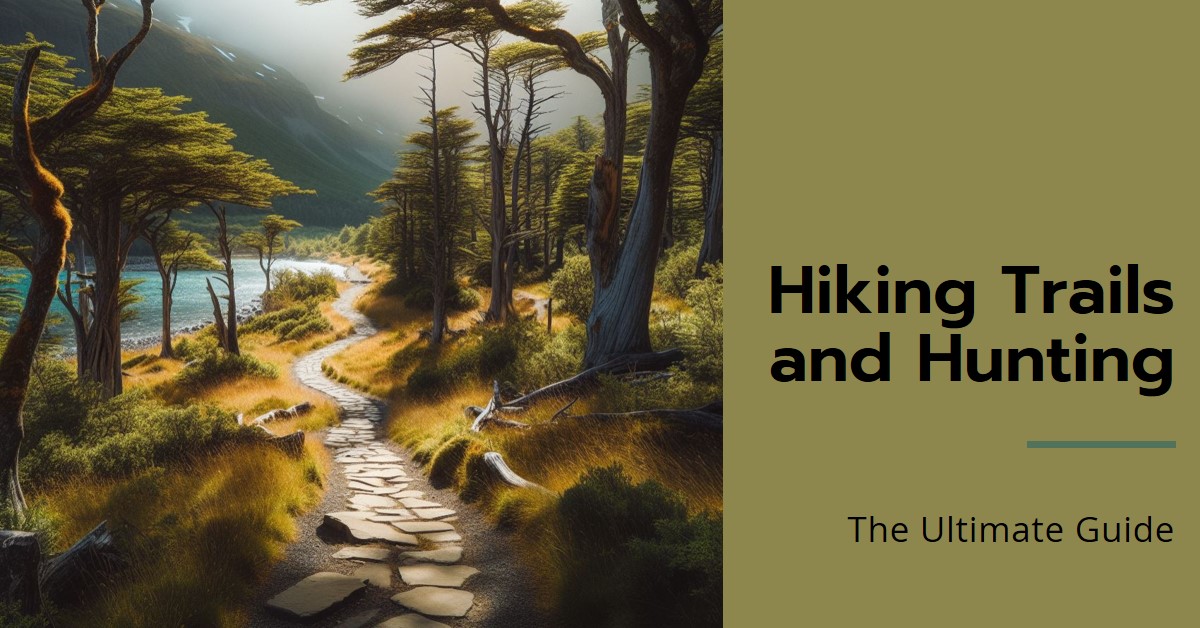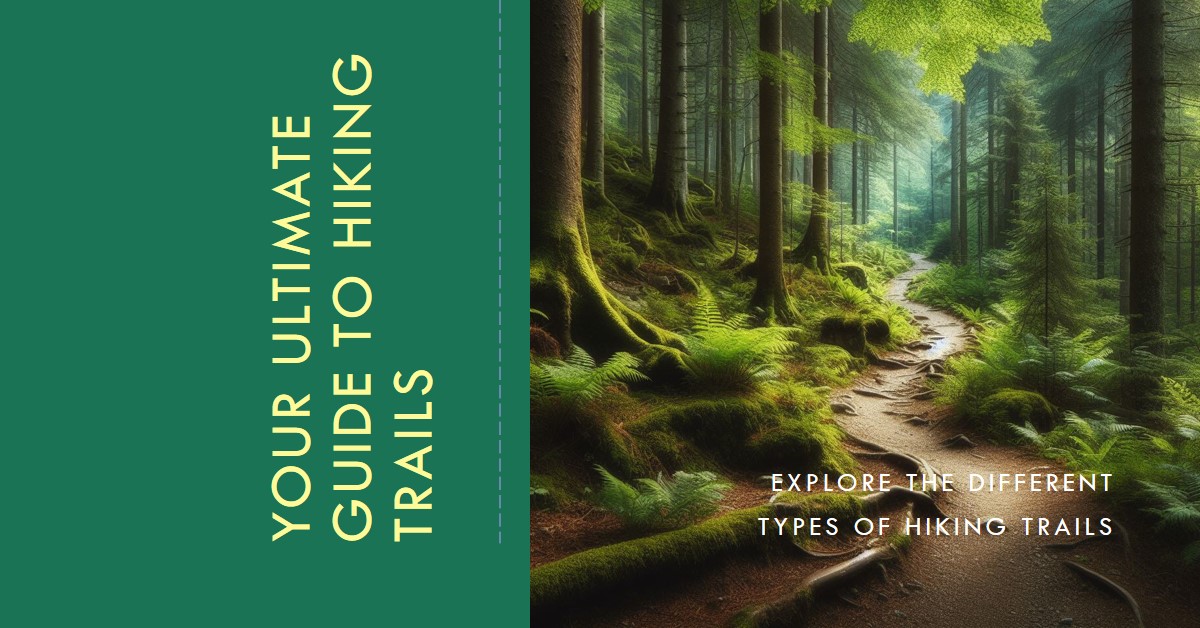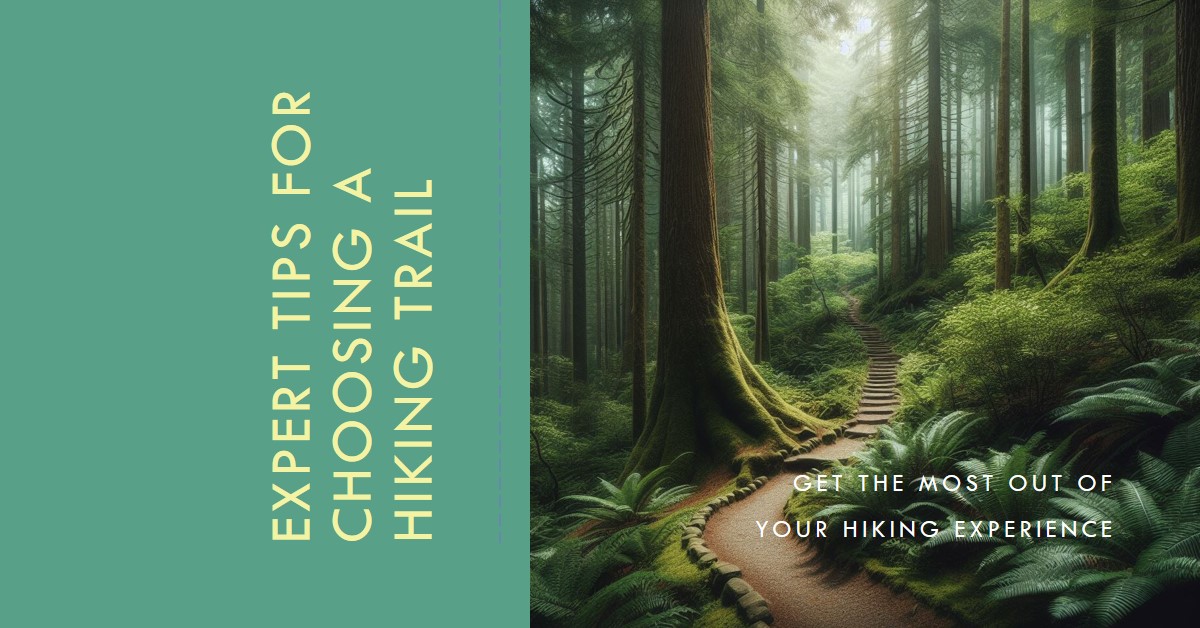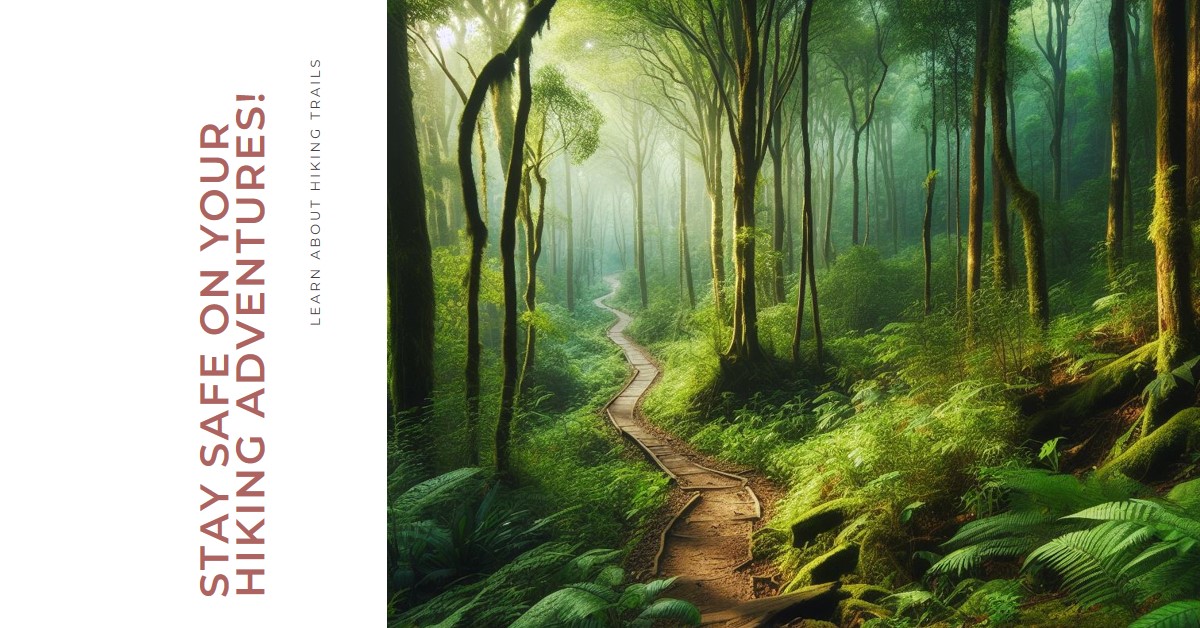Embarking on the journey of creating an exceptional hiking stick can be an exciting experience. A perfect hiking stick is all about choosing strong yet lightweight material, determining the ideal length, polishing it for a smooth finish, and finally adding a grip for ultimate comfort during your trek. Let’s dive deeper into the nuances of crafting this essential hiking companion.
Whether you’re an experienced mountaineer or an enthusiastic rookie, a trusty hiking stick can amplify your outdoor exploration. Not only does it enhance your balance and stability, but it also aids in easing the pressure on your joints and muscles, paving the way for a more comfortable hike.
In this comprehensive guide, we’ll venture through the crucial steps in crafting a superior hiking stick. From choosing a suitable material to incorporating the final touches, this guide provides you with all the information necessary for this exciting DIY adventure.
Table of Contents
Why Should You Use A Hiking Stick?
A hiking stick serves as a reliable partner in your wilderness escapades. The benefits it offers are multi-fold:
- Offers stability and balance while traversing uneven terrain
- It decreases pressure on the joints and muscles
- Promotes a consistent walking rhythm
Integrating a hiking stick into your trail adventures gives you increased stability and balance, particularly on formidable terrains. Additionally, the stick acts as an extra support system, taking away some of the weight and strain from each step, leading to lesser strain on the knees, ankles, and other body joints. This feature makes your hiking experience much more pleasurable and comfortable. Moreover, a hiking stick can help you maintain a steady walking rhythm, improving your endurance and reducing fatigue. In conclusion, a hiking stick is an indispensable hiking tool delivering enhanced balance, reduced pressure on the body, and a consistent hiking rhythm.
The Building Blocks of a Hiking Stick
For your hiking stick to turn out just as you envision, you will need the right materials and essential tools. Wood is the material of choice for most hiking sticks due to its lightweight nature and organic charm. Hickory, oak, or ash are reliable and durable options when it comes to wooden sticks. On the other hand, if you’re willing to trade off some weight for added strength and stability, metal sticks might be your calling.
Your creative tool kit should contain a carving knife or hand saw to shape the stick, sandpaper or a file to smooth the surface, and a sealant or varnish to protect the stick from humidity and the elements. Experienced woodworking enthusiasts can take things a step further by adding ornamental designs using a wood burner or carving tools.
Choosing the Perfect Hiking Stick
Choosing your hiking stick is not merely about aesthetics. The right stick is determined by various factors. The size and weight of the stick are paramount — ensure the stick is long enough to give you the support you need but not so long that it becomes cumbersome. A stick that is too heavy may wear you down on longer trails, while an extremely light stick may lack durability.
Comfort and grip are also equally important. The stick should not cause discomfort or strain your muscles. Opting for hiking sticks with ergonomic handles or cushioned grips is a good idea to reduce pressure and prevent blisters. Plus, consider the material of the stick: wood, metal, or a composite, and choose accordingly based on your needs and preferences.
Cleaning and Drying Your Hiking Stick
Maintaining your hiking stick is key to its durability. In the cleaning stage, discard any grime or debris that might have clung onto the stick. Use a soft cloth or brush to gently sweep away loose dirt or particles. Avoid harsh chemicals that could potentially damage the stick’s finish. Once the stick is clean, leave it to air dry in a well-ventilated space, away from direct sunlight or heat. To further shield it from external elements, you can add a coat of varnish or sealant once dry.
Shaping and Carving Your Hiking Stick
Shaping the stick is the next significant step. Determine the length that feels right for you. Then, carve the stick to create a comfy grip by removing uneven edges and sketch out a grip that molds into your hand perfectly. Personalize your hiking stick with patterns or symbols of your liking. Steady you hand and carve with precision to ensure a fine finish.
Sealing with Protective Coatings
Protective coatings are the final but vital addition to your hiking stick. They endow your stick with durability and protect it from harsh weather while maintaining the stick’s natural aesthetics. Applying these coatings ensures your hiking stick is geared up for all kinds of outdoor escapades.
Though often overlooked, owning a good hiking stick enhances your hiking experience in more ways than you can imagine. A well-crafted stick provides balance, offers protection against elements and can carry a personalized touch. So, why not make one yourself? Let’s walk you through the nitty-gritty of manufacturing a top-notch hiking stick.
Whether you’re a seasoned hiker or just starting out, a dependable hiking stick significantly improves your experience. It provides invaluable support, allowing for better balance, and contributes to conserving your strength by reducing strain on your joints and muscles.
We’ve curated an intricate guide to help you plunge into the details of creating a custom hiking stick. This will not only be useful on your hikes, but also carry part of you with it, in the form of personal engravings or decorations. So let’s get down to business!
The Importance of Protective Coatings
Protective coatings are an essential aspect when it comes to preparing your hiking stick. They enhance the appearance of the stick, increase its durability and shield it from extreme weather conditions. Take a look at some of the popular finishes:
| Finish | Description |
|---|---|
| Varnish | Opt for varnish for superior protection against moisture and UV rays. |
| Lacquer | Lacquer gives a hard and durable finish with a distinctive high gloss. |
| Wax | Wax imparts a warm and natural finish while elevating the scratch resistance level. |
Whichever coating you choose, be it varnish, lacquer or wax, protects the stick and imparts a finish that helps maintain the stick in perfect condition for a long time.
Personalizing Your Stick
Personalization breathes life into your hiking stick. It imbibes an unmistakable personal charm that makes the stick truly unique. One way you can personalize the stick is by carving initials or patterns. This can be achieved using a sharp carving tool or knife and a steady hand.
Another exciting option is the incorporation of decorative add-ons like beads and leather wraps. You can string beads onto the stick or wrap leather around the handle. This wouldn’t be merely decorative but also offers a better grip on the stick.
Maintenance is Key
Regular cleaning and inspections ensure your hiking stick stays in optimal condition. Scrub off any grime or dirt stuck to the stick from your outdoor escapades using a soft brush and warm soapy water. Ensure thorough rinsing and let it dry naturally.
Aside from cleaning, it’s necessary to regularly look for any signs of wear and tear. Carefully examine the stick’s grip, shaft, and tip for cracks or loose parts. If you find any irregularities, rectify them properly. You may need to smooth out rough areas with sandpaper or protect against moisture damage using a sealant.
Repairs and Part Replacement
Maintain the longevity and effectiveness of your hiking stick by timely repairs and part replacement. One common problem is loose grips or handles. For this, clean and apply an adhesive meant for outdoor equipment to secure it back in place. Let the adhesive dry completely before using it again.
Another part that may need replacement is the tip or end caps of the stick. These may wear off with time, leading to a decline in stability. For replacing them, carefully remove the worn-out caps and measure the stick’s diameter for correctly sized replacements. Stick them to the stick using adhesive, and allow it to dry as per instructions before venturing with the stick again.
Addressing Common Queries About Making A Hiking Stick
What Should Be The Ideal Length Of A Hiking Stick?
Usually, a good hiking stick is about a third of your body height. This standard length offers adequate support and balance. It’s crucial to remember that a stick that’s too long or too short can hinder your progress and stress your muscles.
What Wood Is Best Suited For A Hiking Stick?
Hardwoods like oak, hickory, and birch are best suited for hiking sticks due to their strength and durability. Softwoods such as cedar or pine should be avoided as they tend to break easily.
Do I Need To Treat Or Finish My Hiking Stick?
Absolutely! Applying a clear protective finish or treatment to your hiking stick is recommended. It prevents moisture damage and helps preserve the natural beauty of the wood. Regular maintenance and cleaning are essential to keep your hiking stick in good condition.
Can I Create My Hiking Stick?
Definitely! Making your hiking stick can be a rewarding experience. Customizing the length, design, and decorations to suit your style brings a sense of accomplishment. Getting a hiking stick from the store may not give the same sense of pride and attachment as making one yourself would.
Creating your very own hiking stick is not only an enjoyable and fulfilling activity but also results in a functional tool that provides invaluable assistance during your hiking adventures. This bespoke accessory can be tailored to your unique requirements by following the elaborate instructions provided here.
Whether an experienced hiker or a novice to the trails, owning a personal hiking stick offers immense value. It provides necessary stability, reduces your exertion levels, and enhances your sure-footedness on uneven terrains. Furthermore, by adding personal touches, you can transform a regular hiking stick into a cherished possession.
Summing It Up
Crafting a satisfactory hiking stick involves meticulous attention to several factors. Choosing the right materials, ensuring the ideal size, and maintaining its functionality are key elements that guarantee a successful outcome. Every hiking stick is a project that mirrors your personal style and needs.
So don your craftsperson’s hat and prepare your toolkit. Embark on the enjoyable journey of creating your own hiking stick today! Here’s wishing you happy crafting and great trails!
Frequently Asked Questions (FAQs)
We include answers to some common queries for your convenience:














